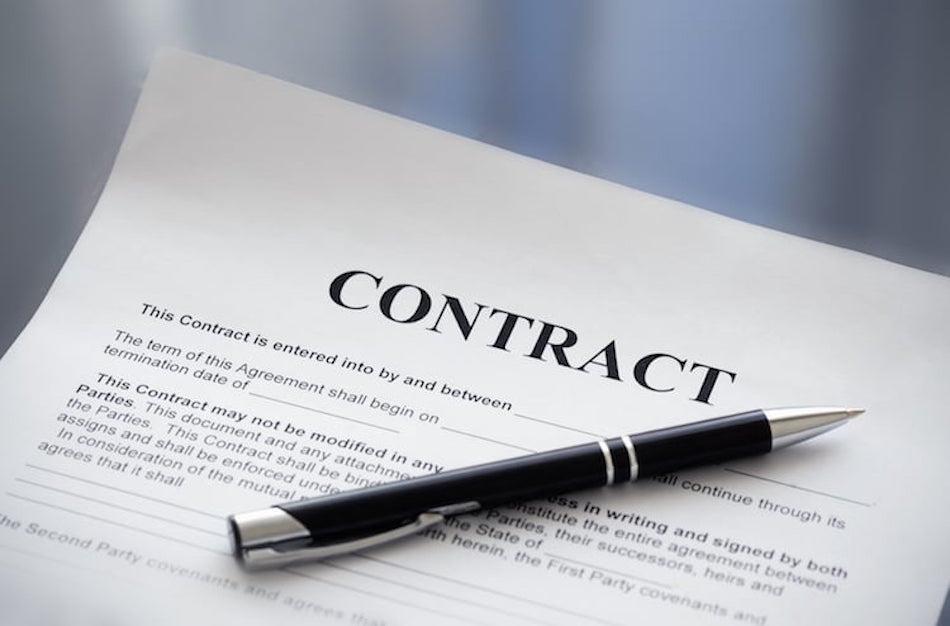
A financial statement that shows a company’s revenue and outgoing costs for a specific period is called a profit and loss (P&L) report. The idea of operations or the income statement is another name for it.
By deducting expenses from income, a P&L report calculates a company’s profitability and gives a general picture of the company’s financial situation.
What Is Displayed by the Profit and Loss Statement?
Business owners and accountants utilize the profit and loss report as a crucial financial statement. The report details your net profit or loss based on your revenues and expenses. In addition, it describes how a company can control its earnings by reducing costs and increasing income.
The P&L report also lets you look at cash flow, net income, and overall profitability to determine best how to manage resources and budgets.
The IRS requires the creation of a profit and loss report to determine the appropriate tax rate to apply to business profits.
A profit and loss report’s components
- Revenue: The net sales or receipts for the accounting period are shown in this entry. It covers the non-operating revenue and the revenue generated by the entity’s main commercial activity.
- Cost of Goods Sold: This number reflects how much goods and services cost.
- Net revenue minus sales-related expenses is the gross profit, sometimes referred to as gross income or gross margin.
- Operating Expenses: Costs associated with running a business for a set length of time include selling, general, and administrative expenses. This comprises any costs necessary to run the firm, such as rent, payroll, utilities, etc. In addition, non-cash expenses such as depreciation are also included.
- Earnings before taxes, depreciation, interest, and authorization are considered operating income. Therefore, deduct operating costs from your gross profit to figure out operating income.
- Although it is not necessary, many businesses separate certain revenues and expenses into their area of the P&L. This area typically covers earnings and costs unrelated to regular business functions.
- Net Profit: This is the total revenue after subtracting all costs. Subtract your expenses from your gross earnings to determine your net profit.
Calculation of Profit
Following are a few easy procedures you can take to determine your company’s net profit (or loss):
Net sales- the cost of sales= gross profit.
Gross profit- operating expense= net operating profit.
Net Operating Profit + Other Income – Other Expense = Net Profit before Taxes.
Net Profit (or Loss) is calculated as Net Profit – Income Taxes.
FINAL INSIGHT
The fundamentals of a P&L statement are those. It only needs addition and subtraction, so it’s not too demanding. However, ensuring that the information you utilize is accurate takes time and effort. To achieve this, you must have a reliable method for maintaining business records, such as accounting software where you can keep track of all sales and outlays.
Typically, a P&L statement is divided into several sections. P&L statements also use accounting terminologies that, if you haven’t previously studied accounting, you might not be familiar with; in other cases, the same entity has multiple names.



